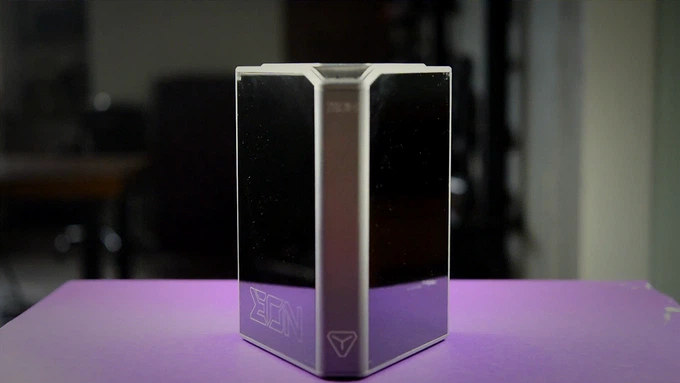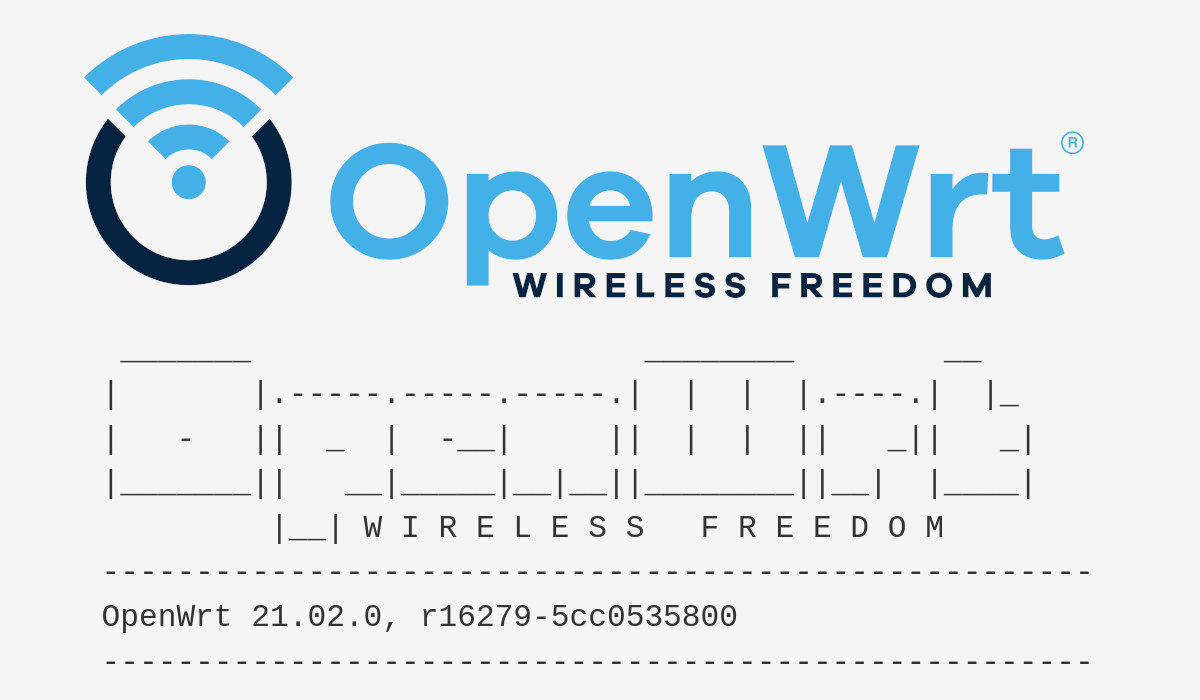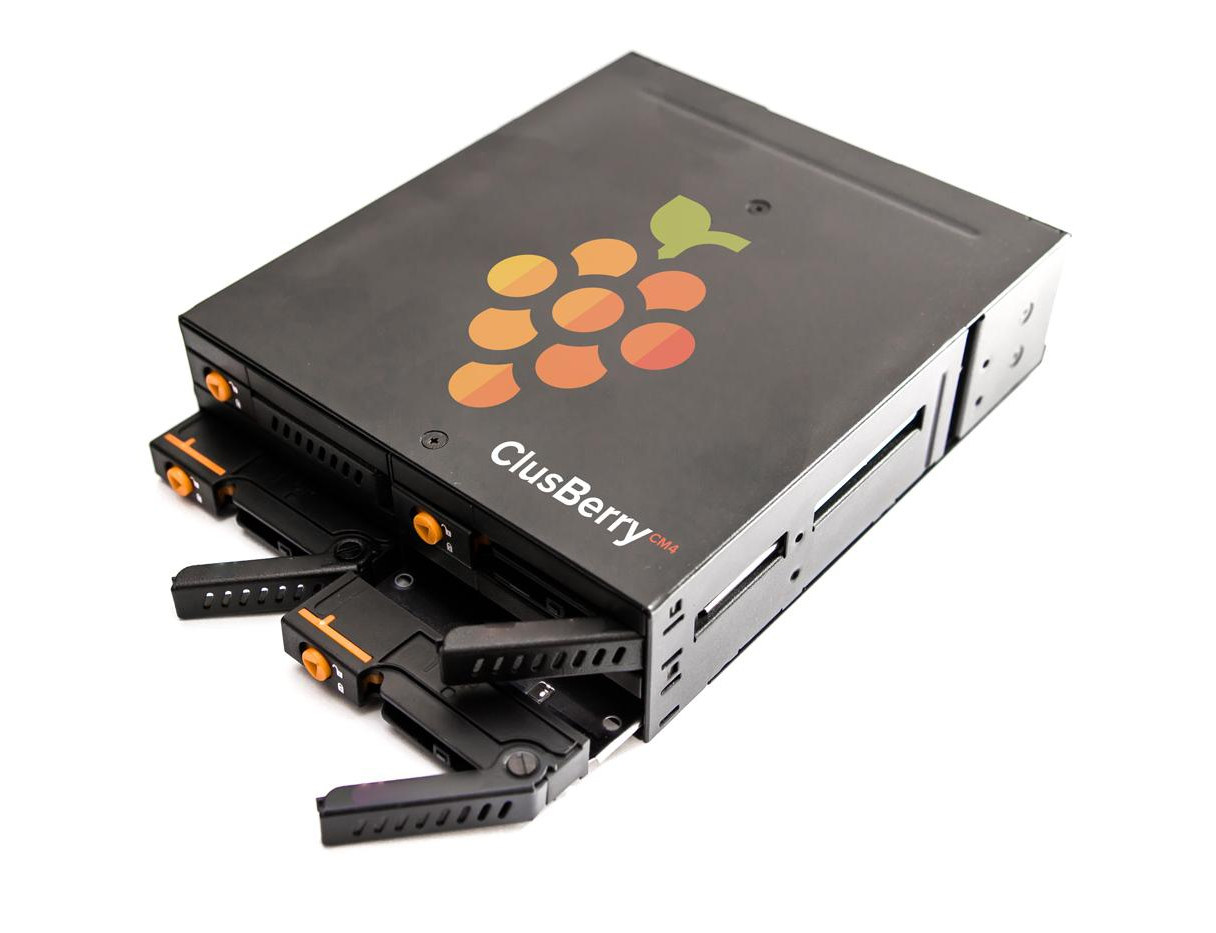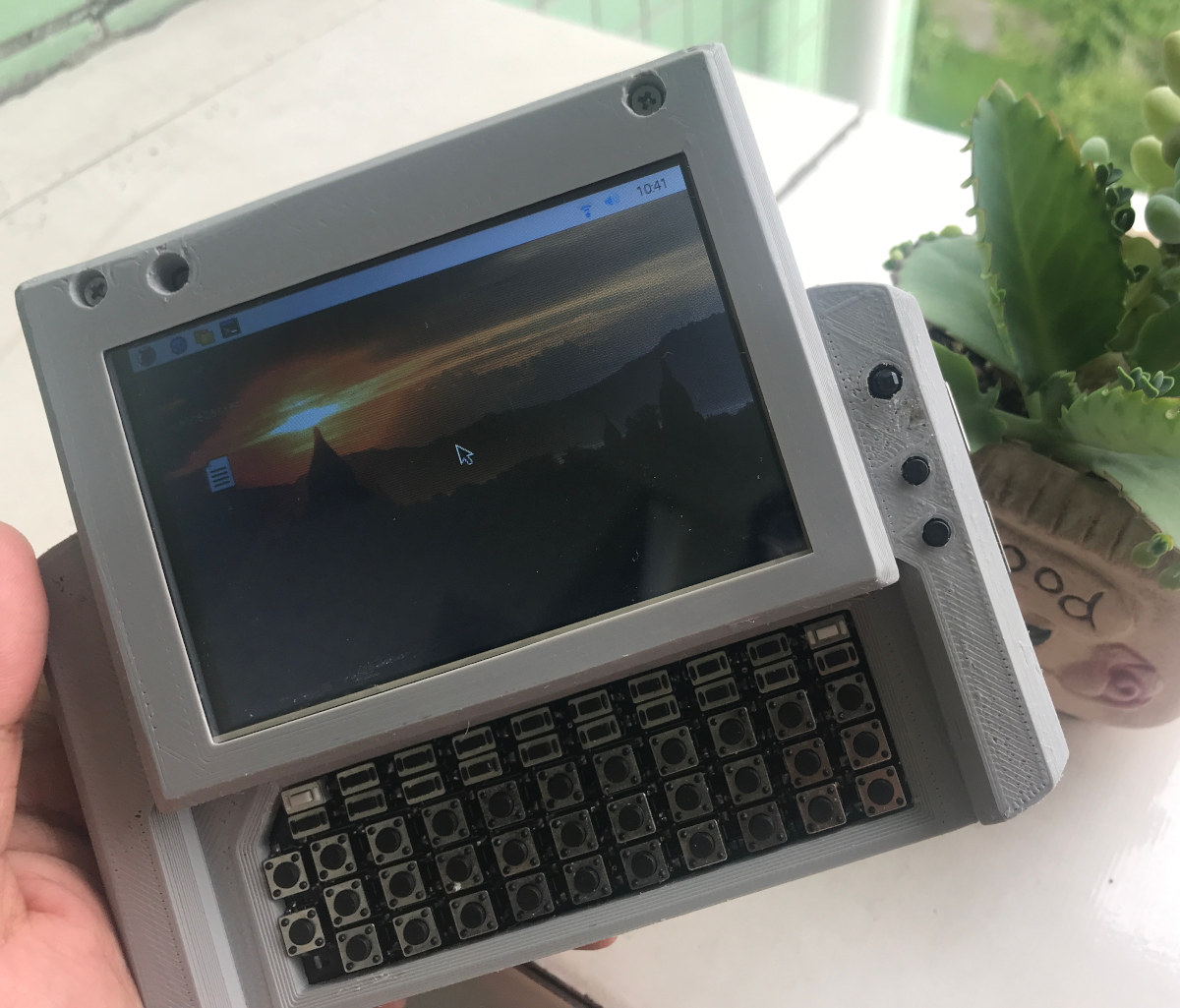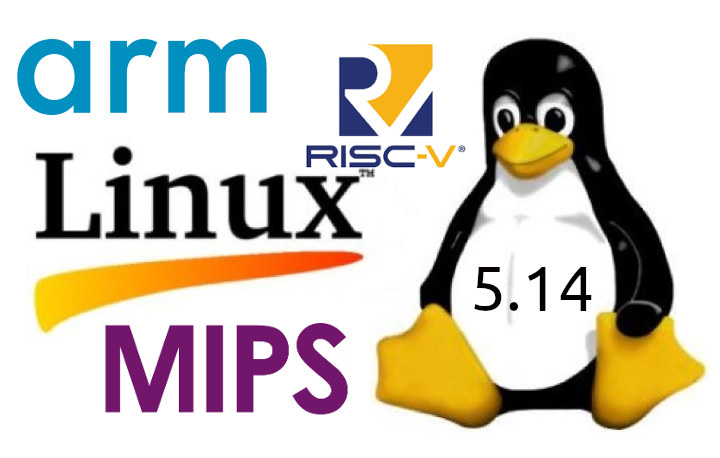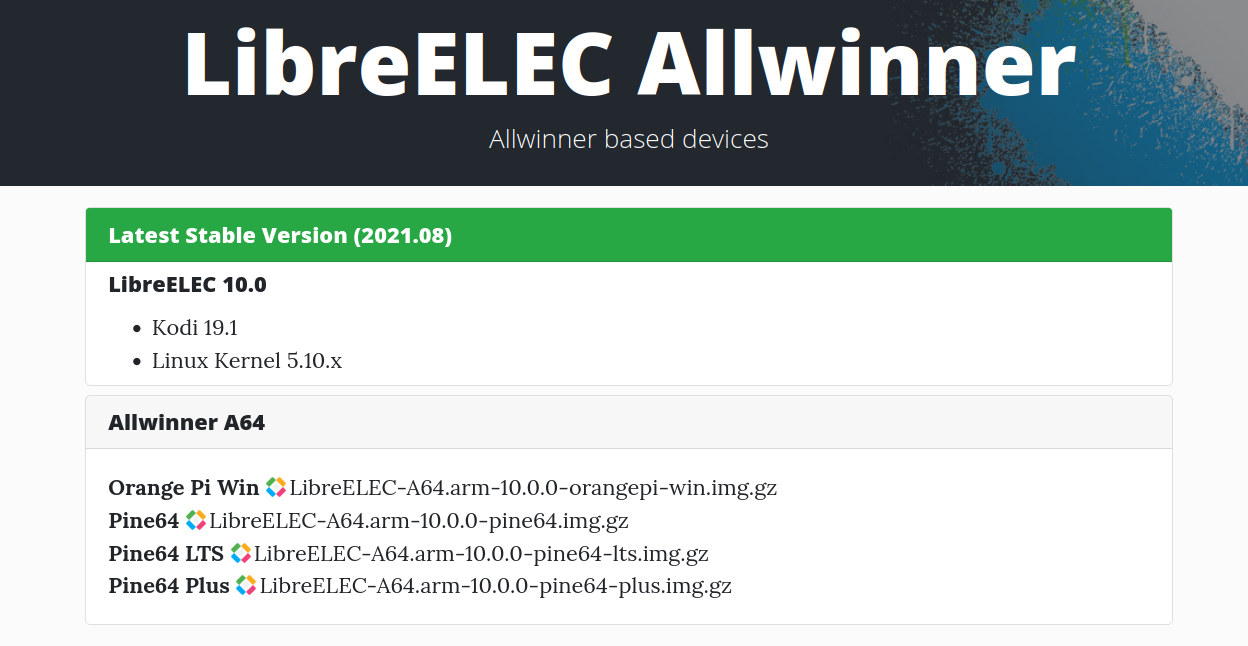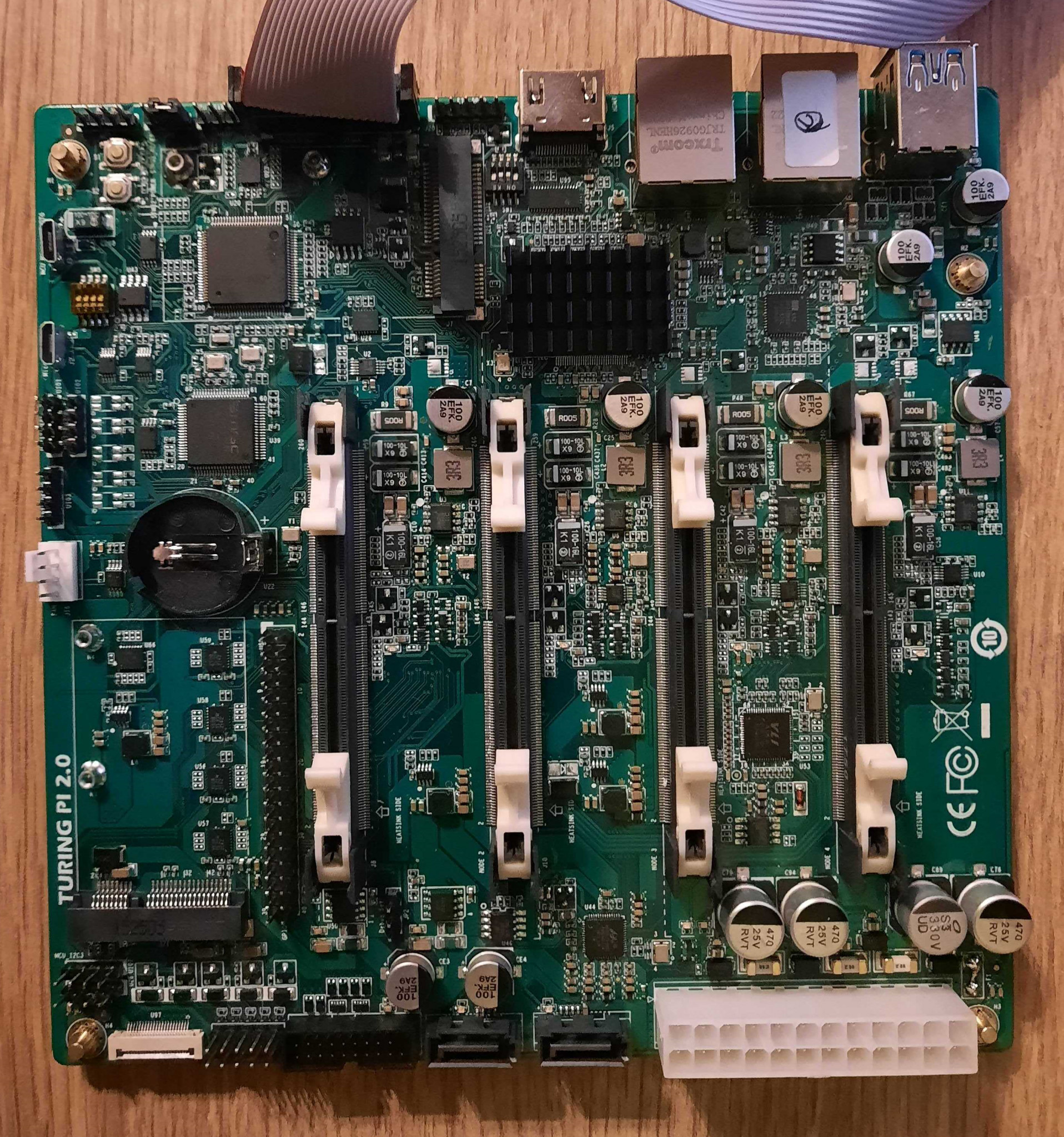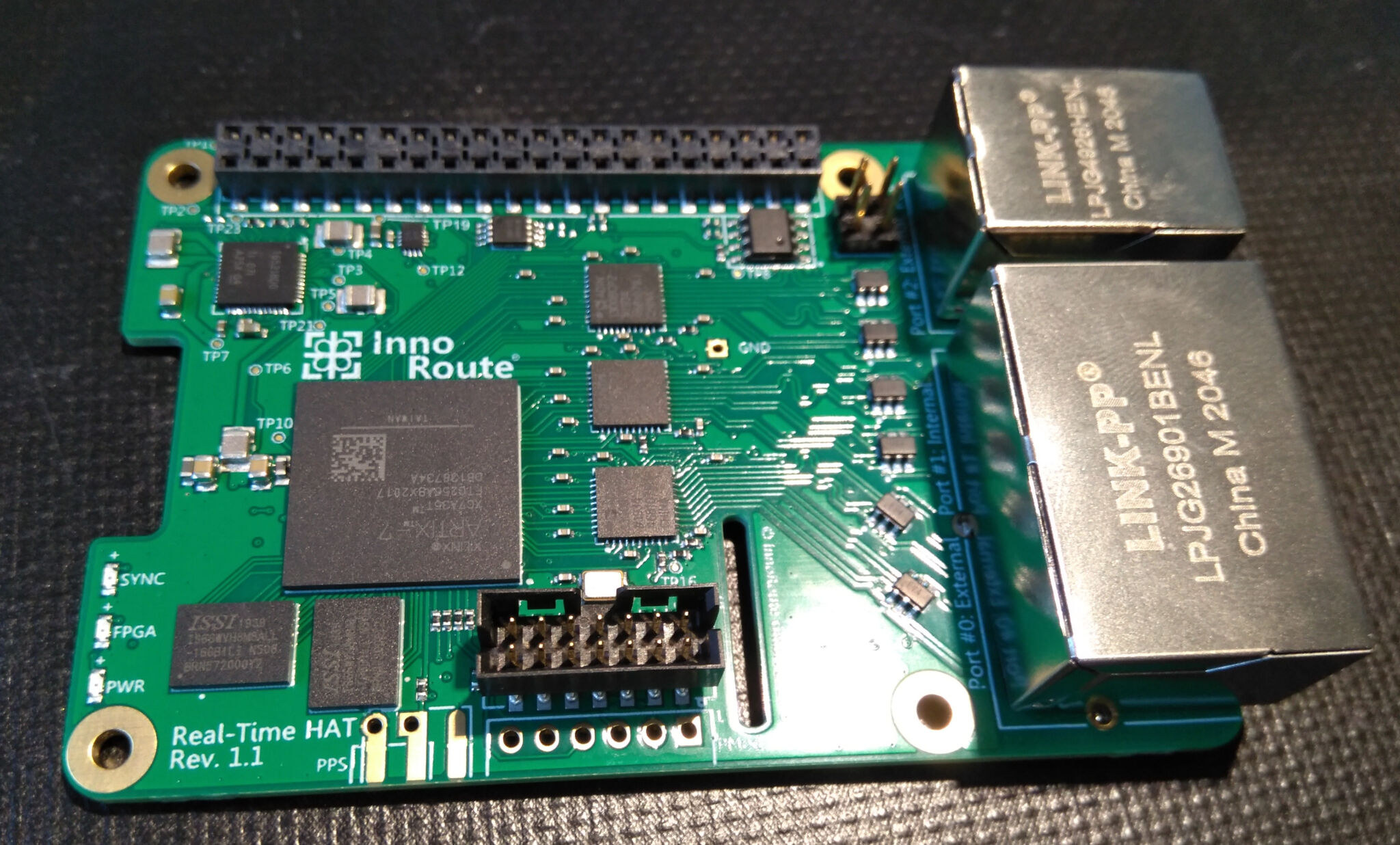Argon EON is a 4-bay network access storage (NAS) enclosure designed to work with Raspberry Pi 4 that follows other popular Raspberry Pi cases from the company including the Argon One and Argon One M.2. Also known as the Argon EON Pi NAS, the enclosure features four SATA hard drive ports that will fit two 3.5-inch SATA HDD and two 2.5-inch SATA for a maximum capacity of up to 40 TB with consumer-grade drives, although I suppose it’s not a hard limit. Argon EON Pi NAS specifications: Supported SBC – Raspberry Pi 4 SBC with Broadcom BCM2711 quad-core Cortex-A72 processor, up to 8GB RAM Storage 4x SATA drive bays with up to 2x 3.5-inch HDD, and up to 2x 2.5-inch SSD/HDD with up to 10TB capacity per drive MicroSD card socket (for OS) Video and audio outputs – 2x full-size HDMI 2.0 ports up to 4Kp60, AV jack with composite […]
OpenWrt 21.02 released with WPA3, HTTPS, TLS enabled by default
OpenWrt 21.02 has just been released with higher security with WPA3, HTTPS & TLS enabled by default, as well as initial support for the Distributed Switch Architecture (DSA), the Linux standard for configurable Ethernet switches. OpenWrt is the most popular open-source Linux distribution for routers and entry-level Linux-capable embedded systems, and the latest release includes over 5800 commits since the release of OpenWrt 19.07 in January 2020. WPA3 was already supported in OpenWrt 19.07, but not enabled by default, OpenWrt 20.02 changes that, together with TLS thanks to trusted CA certificates from Mozilla. That means LuCi interface, wget, opkg package manager can all support HTTPS out-of-the-box. Note that HTTPS redirection can be disabled for LuCI in the configuration files. Another security change is that SELinux is now supported by OpenWrt, but not enabled by default. OpenWrt 21.02’s DSA implementation replaces the current swconfig system, but not all targets have been […]
ClusBerry Rack houses up to four hot-swappable Raspberry Pi CM4 modules
TECHBASE ClusBerry Rack supports up to four Raspberry Pi CM4 based modules which can be added and removed on the fly thanks to a lockable mechanism that reminds me of hot-swappable drives found in NAS. Using the same ClusBerry I/O mainboards as found in the earlier ClusBerry 9500-CM4 and ClusBerry-2M industrial systems, each Raspberry Pi Compute Module 4 inside the ClusBerry Rack offer one Gigabit Ethernet port, one USB host, one micro USB service port, and an RS-232/485 serial port. TECHBASE is not the best company when it comes to describing its products, possibly because those are customizable, and in this case, they don’t show the other side of the enclosure with all ports… But based on the PDF we’ve received, you should be able to create a system with four modules offering the following features each: Optional video output – HDMI Networking – 1x Gigabit Ethernet port (option for […]
MutantC V4 – DIY Raspberry Pi Handheld PC adds ESP32-S2 module
Earlier this year we wrote about Mutantc V3 DIY Raspberry PI UMPC after noticing a talk about it at FOSDEM 2021 online conference. MutantC V4 is a new version of the Raspberry Pi handheld PC that is both easier to build and cheaper. The new model replaces the Arduino Pro Micro board with a more compact ESP32-S2 module and offers a Lite version with even fewer parts (notification LED, IR blaster, IMU, etc..) to make it easier to build. The new MutantC v4 shares many of the same features of the previous versions: Supported SBCs – Raspberry Pi Zero, 2, 3, 4 and compatible. Wireless module for keyboard and other controls – Ai. Thinker ESP-12K module based on ESP32-S2 single-core WiFi microcontroller @ 240 MHz with 8MB flash Display – 2.8-inch, 3.5-inch, or 4-inch “GPIO” LCD such as AdaFruit PiTFT 480×320 display Keyboard – 56-key customizable keyboard with 2x shoulder […]
Linux 5.14 Release – Main changes, Arm, MIPS, and RISC-V architectures
Linus Torvalds has just announced Linux 5.14 release which happens to almost coincide with the anniversary of the initial announcement of the “small” project on August 25, 1991, about 30 years ago. Here’s Linux 5.14’s announcement: So I realize you must all still be busy with all the galas and fancy balls and all the other 30th anniversary events, but at some point you must be getting tired of the constant glitz, the fireworks, and the champagne. That ball gown or tailcoat isn’t the most comfortable thing, either. The celebrations will go on for a few more weeks yet, but you all may just need a breather from them. And when that happens, I have just the thing for you – a new kernel release to test and enjoy. Because 5.14 is out there, just waiting for you to kick the tires and remind yourself what all the festivities are […]
LibreELEC 10.0 minimal Linux OS for media playback released with Kodi 19.1
While most TV boxes and SBCs nowadays ship with or support a version of Android, people who just want the best viewing experience may prefer to switch to a Linux distribution such as LibreELEC or CoreELEC. The good news is that LibreELEC 10.0 has just been released with Kodi 19.1 and Linux 5.10 LTS. LibreELEC 10.0 is said to work well for Allwinner, Rockchip, and “Generic” Intel/AMD devices, while the Raspberry Pi 4 release’s codebase is rather new, and there may still be a few rough edges. Support for the previous generation Raspberry Pi boards has been dropped, and there’s no support for Amlogic platforms as CoreELEC already provides good support. Since LibreELEC 10.0 is based on Kodi 19.1, it benefits from the same features as Kodi 19 “Matrix” release including AV1 video decoding, a new skin, HDR support, and more. LibreELEC 10.1 support a wide range of single board […]
Turing Pi V2 mini-ITX cluster board takes four Raspberry Pi CM4 or NVIDIA Jetson SoMs
The Turing Pi V2 is a mini-ITX cluster board that builds on the Turing Pi mini-ITX cluster board taking up to 7 Raspberry Pi Compute Modules introduced in 2019, but instead supports up to four Raspberry Pi CM4 (Compute Modules 4) or NVIDIA Jetson Nano/TX2 NX/Xavier NX SO-DIMM system-on-modules. The Turing Pi 2 board is equipped with two Mini PCIe sockets, two Gigabit Ethernet ports, two SATA III ports, four USB 3.0 ports, a 40-pin GPIO header, and a 24-pin ATX connector for power. Since board-to-board connectors – as found in Raspberry Pi Computer Module 4 – are not ideal for density, the company went with a design including 260-pin SO-DIMM connectors plus CM4 adapter boards, a design that allows them to also integrate other SoMs like the NVIDIA Jetson SO-DIMM modules. Turing Pi V2 specifications: SoM interface – 4x 260-pin SO-DIMM slot for up to four Raspberry Pi CM4 […]
Raspberry Pi 4 gets IEEE1588 Precision Time Protocol (PTP) with Real-Time HAT
InnoRoute Real-Time HAT adds IEEE1588 Precision Time Protocol (PTP) to Raspberry Pi 4/3 via a Xilinx Artix-7 FPGA and three Gigabit Ethernet ports. The Precision Time Protocol (PTP) is used to very accurately synchronize clocks throughout a computer network to enable measurement and control systems. It is often found in embedded microcontrollers or processors from Texas Instruments, STMicro, and more recently, in Intel Elkhart Lake & Tiger Lake H processors. It can notably be used for Time-Sensitive Networking (TSN) and Audio Video Bridging (AVB). InnoRoute Real-time HAT specifications & key features: FPGA- Xilinx Artik-7 FPGA Some RAM Networking Gigabit Ethernet port 0 with IEEE1588/TSN signaling Gigabit Ethernet port 1 with input from Raspberry Pi 4 Gigabit Ethernet port 2 with PoE, without TSN Host interface – 40-pin Raspberry Pi header mostly for SPI and I2C interfaces used for configuration. Misc – 3x LEDs, JTAG and PMod connectors, EEPROM (for Raspberry […]


